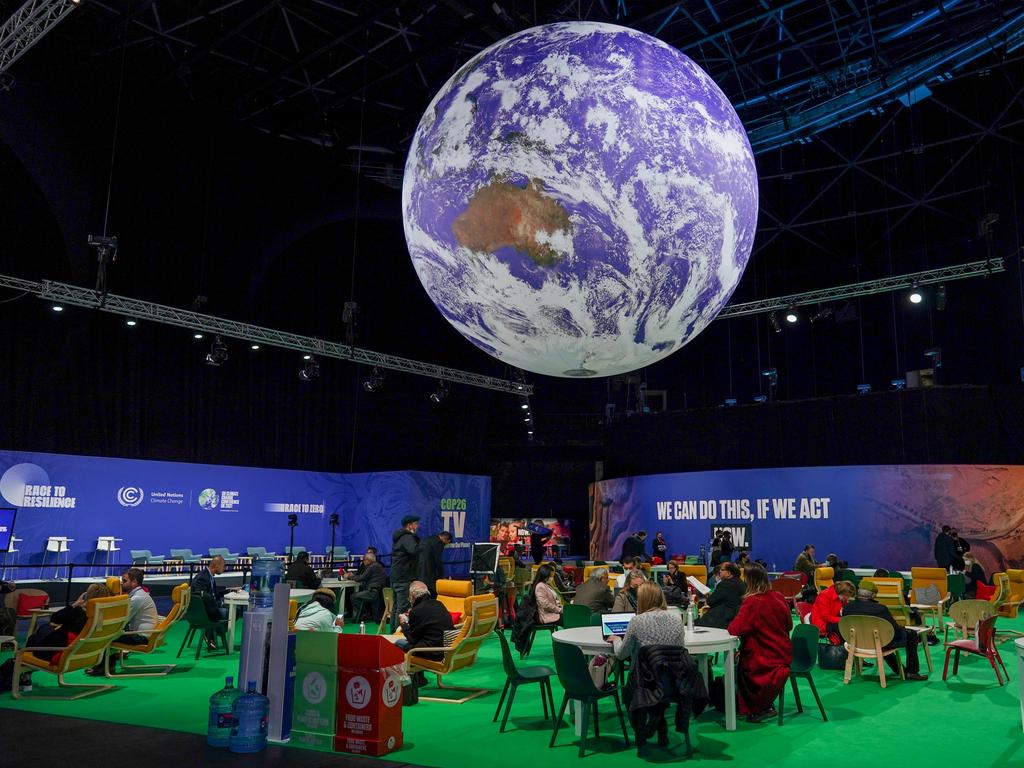Australian Energy Council surging to a low-carbon future

However, we have always accepted the need to act, and that the energy industry will be at the forefront of the net zero journey.
Last week’s assessment of our energy market by the Australian Energy Market Operator highlighted the speed of the “once-in-a-century” transformation underway in our electricity system.
The dramatic changes show the electricity sector is way out front in cutting our carbon emissions. We are already embracing the practicalities of what the world will look like beyond coal and what that means for the National Electricity Market that covers the eastern seaboard.
That’s a tick, but it is not enough. If we are going to get to economy-wide net-zero emissions by 2050, which everyone now accepts as the goal, a broader effort across the economy is required.
It’s why the AEC is supporting an interim target for Australia of a 55 per cent reduction on 2005 levels by 2035. This will build on Australia’s 2030 target and is a strong, credible and responsible next step on the journey to 2050. To meet this 2035 target other sectors of the economy will also need to lean in. New investments and new technology will create opportunities to cut emissions.
To date, talks in Australia have focused on 2030 as this was a sensible date at the 2015 Paris Conference of the Parties (COP), being then 15 years away. So why do we support a 2035 emissions reduction target rather than consider one at 2030? There are several reasons for this.
Decarbonising is the economy’s greatest 21st century challenge. 2030 is only eight years away and there is much work to do. A focus on 2035, halfway to 2050, provides a more realistic time-frame to implement some carbon reduction strategies in sectors of the economy that are yet to begin decarbonisation journeys.

Because it is the only sector currently making progress, aggressive 2030 targets impractically place the burden almost exclusively on electricity’s shoulders.
This is not to suggest the industry is resisting the dramatic changes occurring in its sector. On the contrary, we are leaning into the transition. Current trends in Australia suggest electricity is moving, inexorably, to a very small emissions footprint by the mid-2030s. This profound change involves many challenges, but attempting to achieve it too rapidly would be very disruptive, and any adverse consequences risk impacting the community’s support for the key goal: net zero across the economy by 2050.
The Commonwealth’s emissions projections anticipate Australian electricity going from 21 per cent renewables in 2019 to 61 per cent in 2030, and the NEM itself going from 23 per cent to 69 per cent. AEMO’s recent assessment includes as its most likely scenario an even larger renewable share by 2030.
Government forecasts also show that electricity will have cut its 2005 emissions by a remarkable 55 per cent by 2030. Those same forecasts show no other sectors making a material improvement by 2030. In fact, transport is expected to see its 2005 level emissions grow by 18 per cent by 2030.
We need to get all sectors of the Australian economy joining the electricity sector on the decarbonisation journey and we need to start moving now.
The good news is that electricity can help – it offers opportunities and means for other sectors to decarbonise. Electricity is already poised to make a significant contribution in displacing much of Australia’s high-carbon natural gas and liquid fuels.
In the residential space, effective and simple solutions are available. Your airconditioner can heat your home cheaply and with less carbon emissions than your natural gas heater. A heat-pump hot water system can be run in the daytime when there is plentiful solar electricity from solar panels you may have installed on your roof.
We know that the electrification of transport will happen quickly. I’ve never met somebody who’s driven an electric car without being impressed. But we need policies to bridge the gap to enable them to be cost competitive, and to roll out the charging infrastructure.
The good news is we don’t have to wait for electricity to complete its decarbonisation. Even now, driving an electric car or heating with a heat pump results in less emissions than the petrol or natural gas alternative. This advantage grows rapidly as the electricity itself decarbonises.
As the electricity industry eliminates the third of Australia’s emissions that is has historically produced, with today’s technology it can help to eliminate as much as another third in areas like transport, manufacturing and residential.
We see clearly the opportunity these sectors have to slash emissions, and that’s why we’re supporting a 2035 target, to give them time to realise them. A “55 by 35” target is the next logical, responsible step on Australia’s road to Net Zero by 2050.
Sarah McNamara is the chief executive of the Australian Energy Council




In mid-2020, the Australian Energy Council supported the adoption of a net-zero emissions by 2050 target for Australia. This position surprised some, as our members include major carbon emitters.